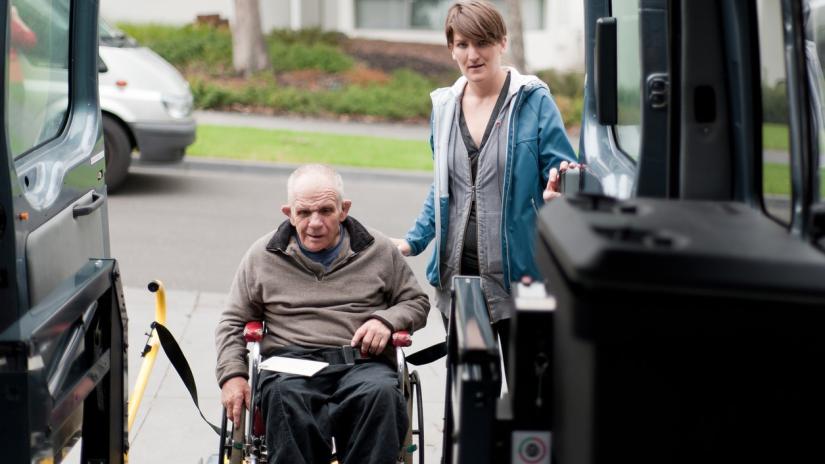A new report examines community transport across Australia, its critical role, and current challenges faced by both clients and providers. It also highlights how emerging technologies could enhance the sector.

Image: iStock
Access to transport is a basic human need that fundamentally impacts everyone’s wellbeing, with a recent Victorian study showing that 92% of seniors rate personal mobility as critical to health, social wellbeing and independence.
Community transport is a service that helps people in the community, especially older Australians, people with disabilities and those without access to public transport, particularly in rural and regional areas, to attend medical appointments, get to the shops, interact socially and connect into their community.
A new report examines community transport across Australia, its critical role and the challenges faced by both clients and providers, as well as investigating options for innovation in the sector. It shows that many Australians still have difficulty in getting around.
The research was carried out by the UTS Institute for Public Policy and Governance (IPPG), together with ITS Australia, the peak industry body in Australia for advanced transport technology, in partnership with iMOVE, the national centre for transport and mobility R&D, and four state transport agencies (NSW, QLD, VIC and WA).
In taking a strategic look at community transport and its context, our research shines a light on a poorly understood area of transport, as well as the complexities experienced by service providers and their customers.
Peter Lee
It reveals that many in the community, especially those with specific or more complex needs, still struggle to get where they need to go and that the difficulties people experience around transport disadvantage are set to grow significantly within the next ten years.
The study highlights how emerging technologies could enhance community transport operations by increasing access for clients, allowing better allocation of resources for providers, and improving customer experience and choice.
The research also identifies the most pressing strategic issues facing community transport and where potential opportunities exist for more systemic, sectoral and service model innovations that providers and policymakers should consider.
“In taking a strategic look at community transport and its context, our research shines a light on a poorly understood area of transport, as well as the complexities experienced by service providers and their customers,” said IPPG head of research Peter Lee.
“In drawing attention to existing and emerging challenges and opportunities for community transport, we hope the research can act as a catalyst for action in policy, engagement, innovation and partnerships,” he said.

Technology offers new ways to plan and deliver community transport services. Image: iStock
Community transport is a critical element of the wider transport network, which is currently undergoing a sustained period of change arising from technology, digitalisation, automation and access to data. These changes offer new ways to plan and deliver services.
“The ability to get around is key to any individual’s wellbeing as it enables them to access health services, to work and participate in leisure activities,” said Lee-Ann Breger, Programs Director, iMOVE.
“In Australia, we have an increasingly ageing population, where 5% of the population has a severe disability of some kind, many of whom need support to get from A to B. We need to make sure that our community transport networks deliver this.”
Susan Harris, Chief Executive Officer, ITS Australia, said the report offers excellent insights into how technology can support community transport and make a meaningful difference in people’s lives.
“As we advance this pathway, technology providers must be sensitive to the nuances of community transport, and partnerships are vital to getting this right. ITS Australia will continue working in this space to realise some of the benefits through a collaborative approach,” Ms Harris said.
Read more on the iMove website.

